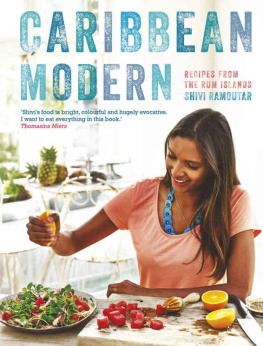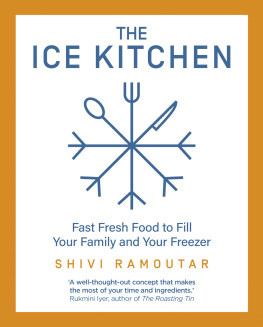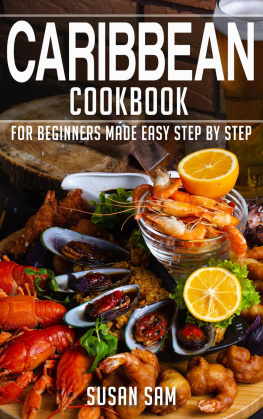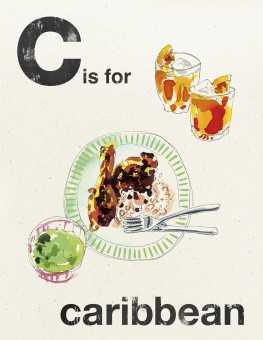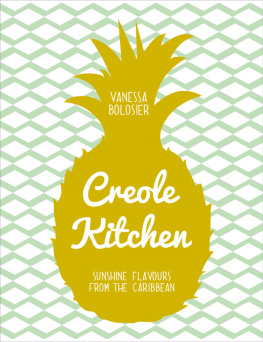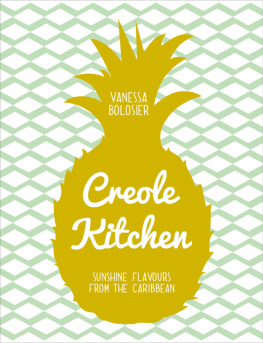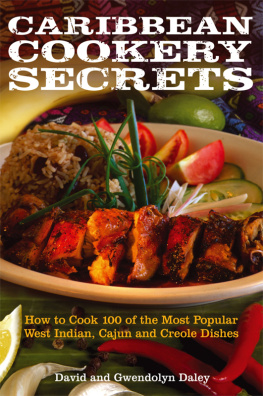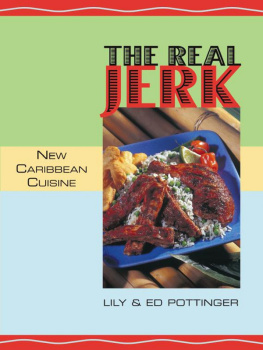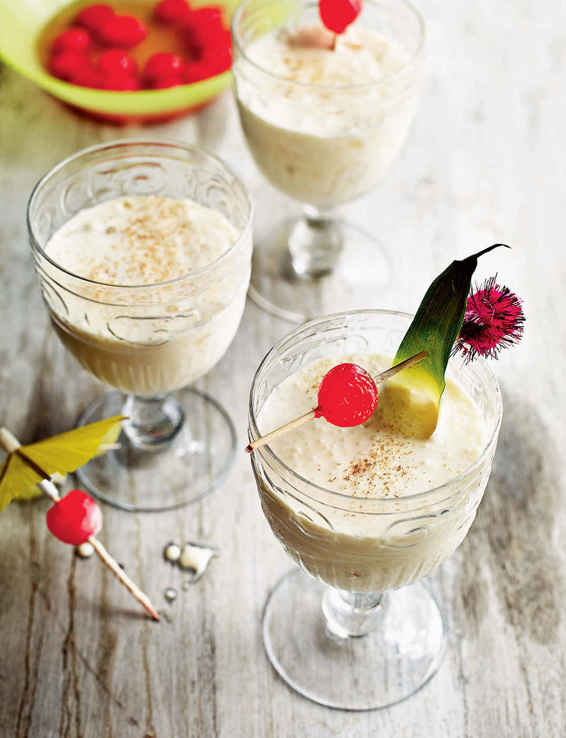
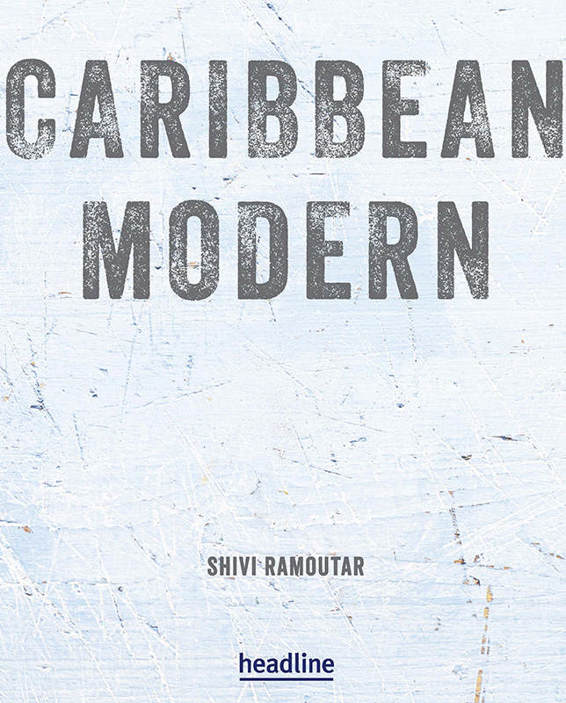
Text copyright 2015 Shivi Ramoutar
Photography copyright 2015 Headline Publishing Group
The right of Shivi Ramoutar to be identified as the Author of the Work has been asserted by her in accordance with the Copyright, Designs and Patents Act 1988.
First published in 2015
by HEADLINE PUBLISHING GROUP
Apart from any use permitted under UK copyright law, this publication may only be reproduced, stored, or transmitted, in any form, or by any means, with prior permission in writing of the publishers or, in the case of reprographic production, in accordance with the terms of licences issued by the Copyright Licensing Agency.
Every effort has been made to fulfil requirements with regard to reproducing copyright material. The author and publisher will be glad to rectify any omissions at the earliest opportunity.
Cataloguing in Publication Data is available from the British Library
Hardback ISBN 9781472223272
Project editor: Imogen Fortes
Design: Pene Parker
Photography: Kris Kirkham
Food styling: Lucy OReilly
Prop styling: Pene Parker
Colour reproduction by Born Group.
HEADLINE PUBLISHING GROUP
An Hachette UK Company
Carmelite House
50 Victoria Embankment
London EC4Y 0DZ
www.headline.co.uk
www.hachette.co.uk
@TheCooksBooks
CONTENTS
For Ma and Pa.
Thank you for Roald Dahls Revolting Recipes, for putting up with the blue eggs and other kooky creations that I forced down your throat and for never complaining about the bomb site that Id leave behind in the kitchen. For everything, I am eternally grateful.
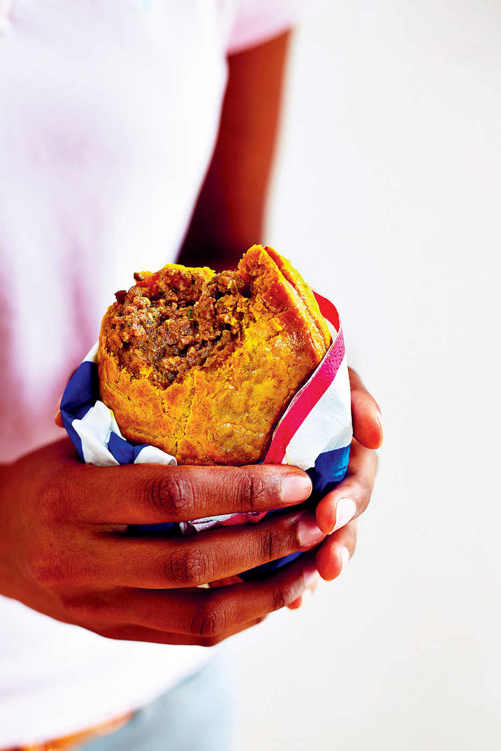
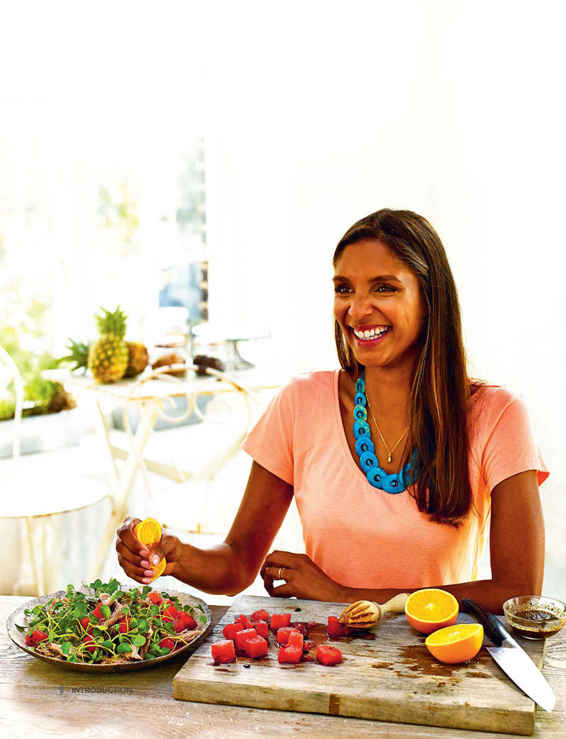
I find it quite astonishing that when the word Caribbean is mentioned, a hundred beautiful clichs bubble to the surface: white sand, blue sky, crystalline water, sea-salt breezes, sticky days, balmy nights, palm-fringed shores, rum-laced cocktails And yet, when the words Caribbean and food are thrown together in a sentence, the first thing that generally springs to mind is the stereotypical Jerk Chicken, Rice and Peas. (Mutton Curry usually comes in second and there is normally a struggle to think of a third!) I am not certain how this particular dish has become representative of Caribbean cuisine and, dont get me wrong, it is utterly moreish but there are so many other tantalising treats that deserve to battle it out for centre stage among the flamboyant islands known as the Caribbean.
What exactly comprises the Caribbean is a moot point. Geographically, it can be classified as the thousand-odd islands in the Caribbean Sea and the surrounding coastal territories, tucked in between the American continents and east of Central America. Culturally, it is a melting pot of various nations East Indian, West African, Chinese, European, American and the indigenous Amerindians that together represent what is now the Caribbean identity. With such wide-ranging ethnic influences, the Caribbean is flamboyant, vibrant and colourful.
Food is at the heart of Caribbean life. No matter how many people turn up at a home here and no matter what the hour someone will always gravitate towards the kitchen to whip up some food. I have vivid memories of my childhood in Trinidad, growing up in a mixed Caribbean/South American/Indian family where life was bustling and there were always plenty of people friends, family, tag-alongs around. There was always more than enough food for everyone, and yet not a single scrap remained by the time the last person left. Nothing ever went to waste!
Laughter was one of the most familiar sounds. Whether sunshine was streaming in or hot rain was pelting down, there was always a reason to laugh, to drink rum, to play cricket in the streets and to lime (see ). This hasnt changed over the years: even now when I go back to visit family, it is like everyone has a revolving door and the kitchen is always full to bursting with friends. Social cooking, eating and spontaneous hospitality feel as natural to us Caribbeans as our own heartbeat.
Outside of the home, too, the Caribbean has one of the most vibrant and varied street-food scenes that I have ever come across, with vendors selling from stalls on street corners, out of the back of vans in car parks and at beach shacks a clear indication of how much our lives revolve around our stomach!
I am often asked what exactly is Caribbean cuisine? What are its defining flavours, influences and origins? What is it about the range of dishes that gives Caribbean cuisine its unique identity?
Usually, the concept of identity implies an obvious unifying factor. If you think about Indian, Chinese or Italian food, it seems quite obvious, doesnt it? But with Caribbean food, the unifying factor is diversity at its most extreme. We Caribbean folk have a huge variety of origins, religions and colours. You only need to look at my family to see what I mean: our different skin and eye colours reflect our indigenous, Indian, South American, Hispanic and even Asian ancestry. (I cant imagine where Id end up if I were to trace my family tree!) The Caribbean can be seen as one of the first multicultural societies in existence due to its colourful history and the continuous musical chairs of colonists throughout the islands, which have influenced Caribbean food and ways of eating.
If we were to go on a little food tour of the Caribbean, you would quickly discover how each island differs from its neighbours. Jamaica is known for its jerk, ackee and saltfish as well as its patties (see ) was inspired by the African slaves who came to Jamaica with a method of heavily spicing pork and cooking it over hot coals to preserve the meat. The runaway slaves adopted this method and used the vegetation and spices found in the mountains to preserve wild boar, as often they didnt know when they would next eat! The method has continued to evolve over the centuries into the jerk we now know and love. Patties were inspired by the British, who brought with them recipes for pasties, amongst other things.
Hopping over to Guyana, we meet the famous Caribbean one-pot dish, Lamb Pepperpot (see ), derived from local Amerindian ancestry, as well as a host of CaribbeanChinese mash-up meals that emerged from the mass influx of indentured Chinese servants mixing their traditional food with Caribbean flavours.
Leaping north to the Bahamas, the array of chowders (see my ).
The lovely little haven that is Curaao still exhibits the influence of its principal colonists, the Dutch, in local dishes, such as the tasty little dumplings called oliebollen, amongst other Creole food (krioyo), which evolved from the AfricanEuropean ancestry.
Trinidad is another example of this melting-pot syndrome, with Persian-originated Pelau, Indian-derived Roti, fried chicken from the Deep South and the South American-influenced Pasteles (see ), to name just a few. Here, flavours have evolved, using local produce, to create dishes that are familiar and yet quite different.
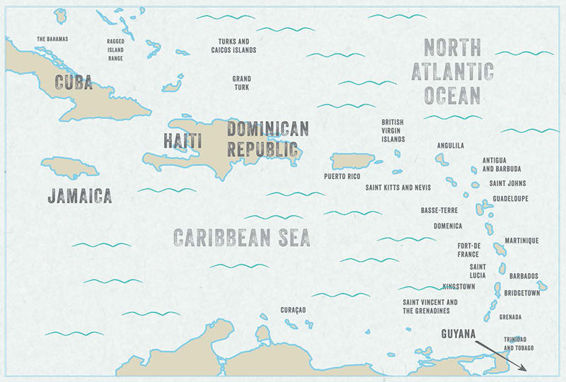
So how did all this variety come about? Way before the fifteenth century and the arrival of the Europeans, the Caribbean was inhabited by indigenous groups: foraging AmericanIndian nomads from Central America who were followed by agriculturalists from South America. Their diet was mostly made up of vegetables and fruit, such as peanuts, guava, papaya, cassava (a starchy root vegetable), cocoa and pineapples. Additionally, they were reliant on fish (and were skilled fishermen) and hunted small mammals (some similar to guinea pigs), turtles, lizards and birds (there are no large species of animal native to the Caribbean). The practice of using hot chilli peppers to spice food is thought to have started at this time and has continued. The indigenous people can also be credited with inventing one of the first barbecue techniques known to man, making grills (barbacoa) out of green wood (green to prevent burning) over a fire, on which they would slow-cook meats.
Next page
